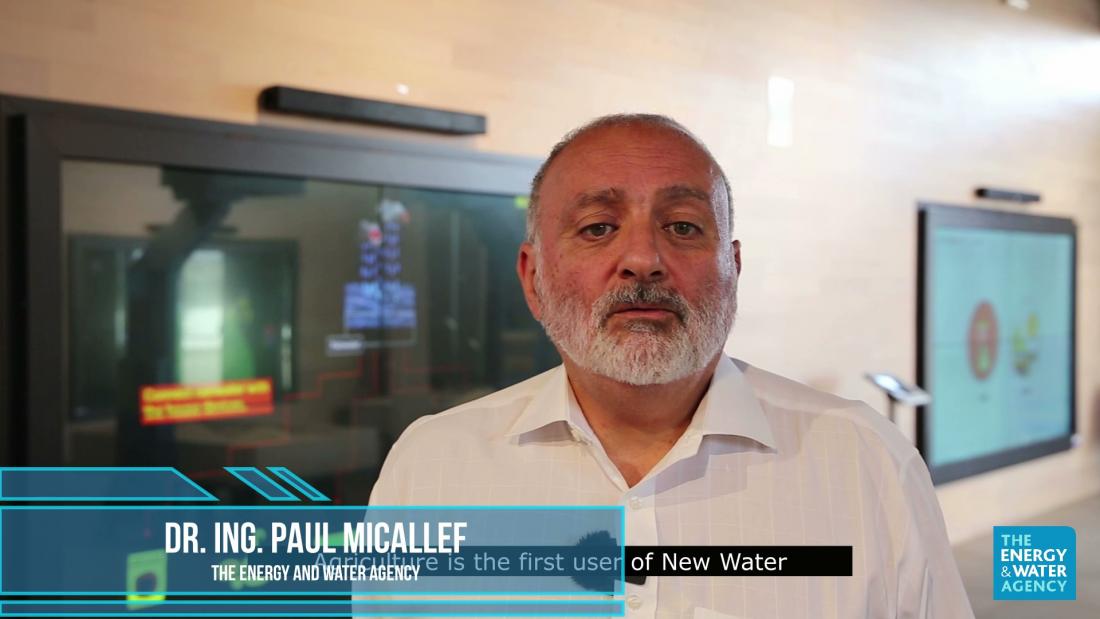NAWAMED : Dr. Ing. Paul Micallef de l'Agence de l'énergie et de l'eau discute de la réutilisation de l'eau à Malte et du potentiel de mise en œuvre de tels projets à usage domestique (interview vidéo)

Contenu disponible uniquement en anglais.
Scarcity of water has always been an issue in Malta throughout its history, both for the municipal water supply and also for the needs of agricultural and industrial sectors. For this reason, projects as NAWAMED are important to contribute to tackle this challenge and build solutions.
This task has also provided Malta with an opportunity to further develop its water supply infrastructure keeping in mind that the main sources of water for potable use in Malta are groundwater and desalinated water through reverse osmosis technology. In fact, Malta introduced its first the sea-water reverse osmosis plants in the early 80’s with further additions and improvements implemented over the last 40 years. Sea-desalinated water provides 60% of the total municipal water supply on the islands. With regards to use of water for non-potable purposes, Malta has depended mainly on groundwater and limited runoff rainwater catchment reservoirs which, considering the seasonal rainfall patterns predominant in Malta, provided limited supplies to agriculture.
Today, with the introduction of the New Water Plants, the supply of non-potable water is more constant throughout the year. These plants have a potential annual production capacity of 7 million m3 of high-quality water suitable for safe crop irrigation. This amounts to 35% of the current demand of water for the agricultural sector. This will then lead to the achievement of good groundwater quantitative status in all groundwater bodies in the Maltese islands by 2021.
The new water project consisted of the building of two treated wastewater polishing plants in Malta and one in Gozo producing highly polished reclaimed water.
The first new water plant located in the North of Malta was commissioned in May 2017 whilst the other two plants followed in the months after. These plants were co-financed by EU funds through Structural Funds. The main objective for these plants was to reduce pressure on groundwater by providing an alternative water resource for secondary purposes such as for agriculture, industry, landscaping and other applications.
Through the following video, Dr. Ing. Paul Micallef from the Energy and Water Agency discusses water reuse in Malta, and the potential to implement such projects for domestic use.
Watch the video: http://www.enicbcmed.eu/nawamed-water-reuse-malta-interview-dr-ing-paul-micallef







